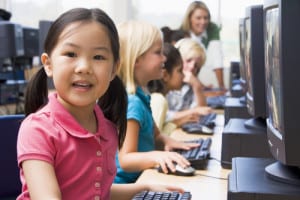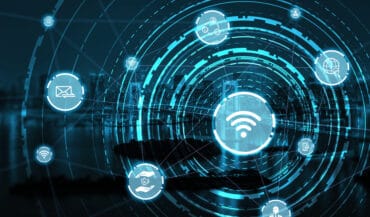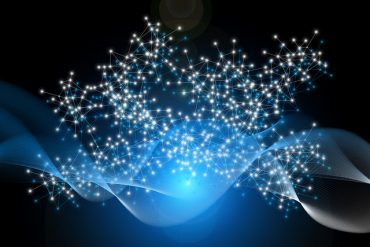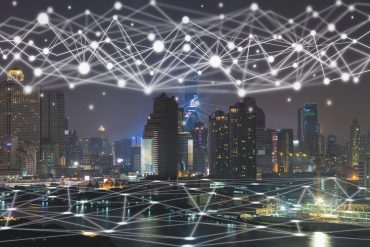
How real-time analytics could be used for adaptive learning to activate the next best action in the learning process.
At the beginning of the school year in Israel, I am becoming head of an academic department, and one of my main missions is to think about how to incorporate more technology in student education. This also relates to a new research project we are kicking off about adaptive learning. While academic research can advance technology in many respects, the other face of academia, the teaching side, has the “cobbler goes barefooted” effect. Teaching methods have not changed much for centuries. Technology enters education mainly as a content management tool providing easy encyclopedia services.
Adaptive learning is an emerging research area. It typically consists of an expert model that contains the subject matter, and a student model, which contains knowledge about the student and adapts the learning material according to the student profile. Adaptive learning may emphasize parts of the material, visualize it, give tips to the learner, and react to errors in a certain fashion. Learner profiling is typically done through evaluation of student questionnaires.
The goal of using real-time intelligence is to substantially improve the adaptive learning process. While off-line profiling can be a good starting point, students are dynamic, and they may behave differently in different days according their mood, energy level, ability to concentrate, stress, cognitive load and other factors. Thus it would be more effective to adapt teaching constantly by observing the learner’s behavior. The observation can come from three sources.
- The most traditional source, the teacher, receives alerts and information about the student, and may either create an interaction with the student, or invoke a different module for the student.
- Physical observation through cameras that sense the learning process based on the student’s body language and other indicators. This may trigger a shift to game-like learning.
- The third source is student behavior as reflected through interaction with the learning system—both reaction time and quality of learning.
The research challenge is to use real-time analytics to determine and activate the next best action in the learning process, both in content and in form of learning (text, voice, visualization, animation). The feedback mechanism must be constantly adapted to evaluate how students are performing.
Want more? Check out our most-read content:
Frontiers in Artificial Intelligence for the IoT: White Paper
How Real-Time Railroad Data Keeps Trains Running
Operational Analytics: Five Tips for Better Decisions
Why Gateways and Controllers Are Critical for IoT Architecture
Liked this article? Share it with your colleagues!






























